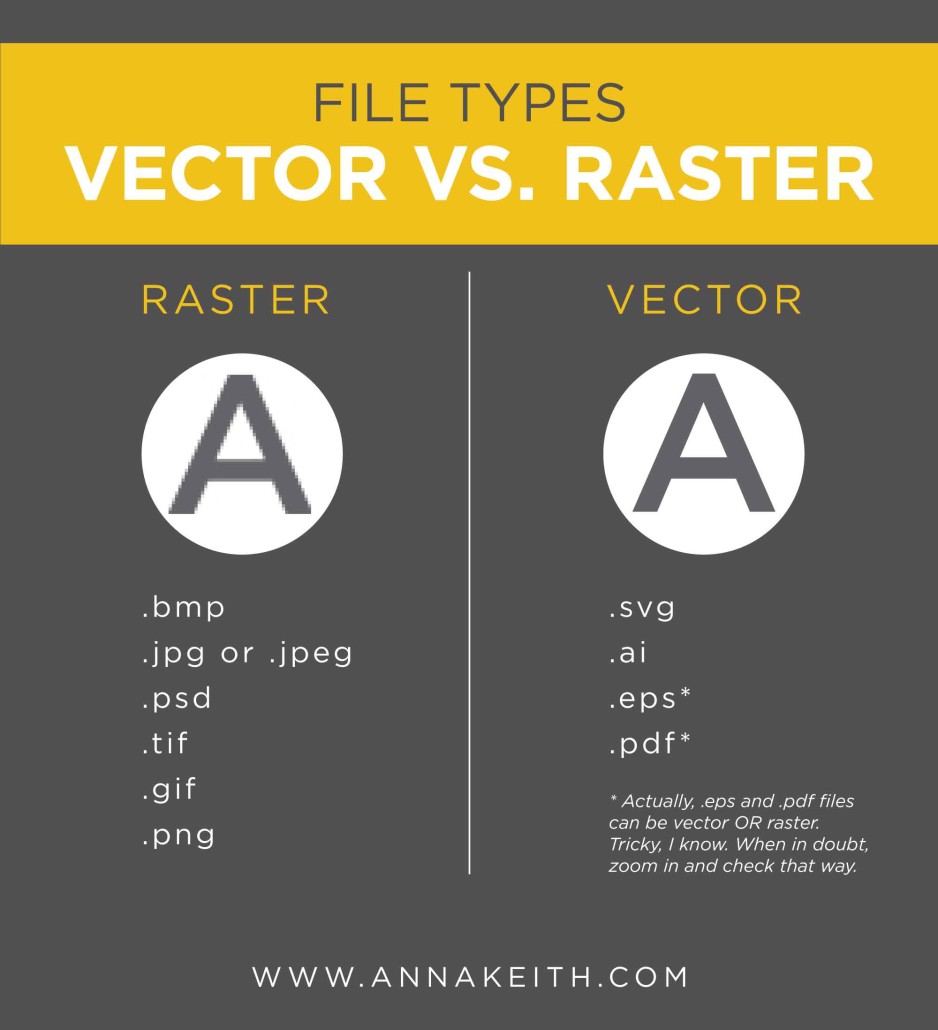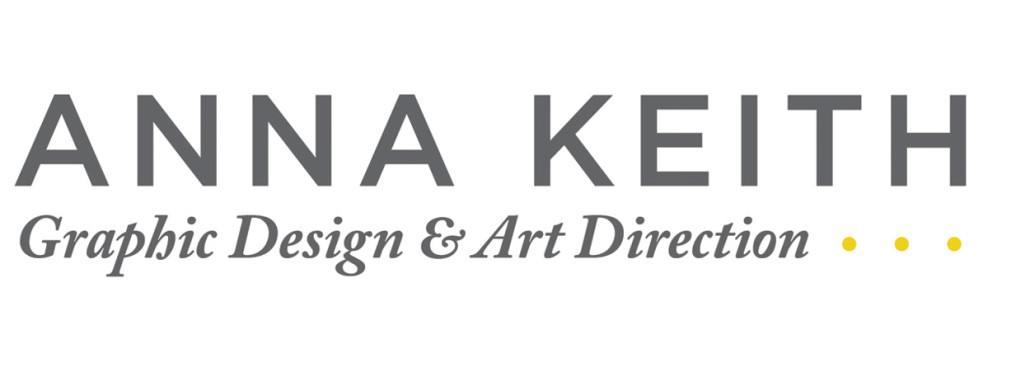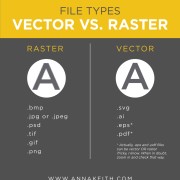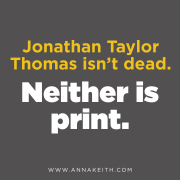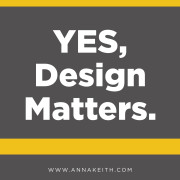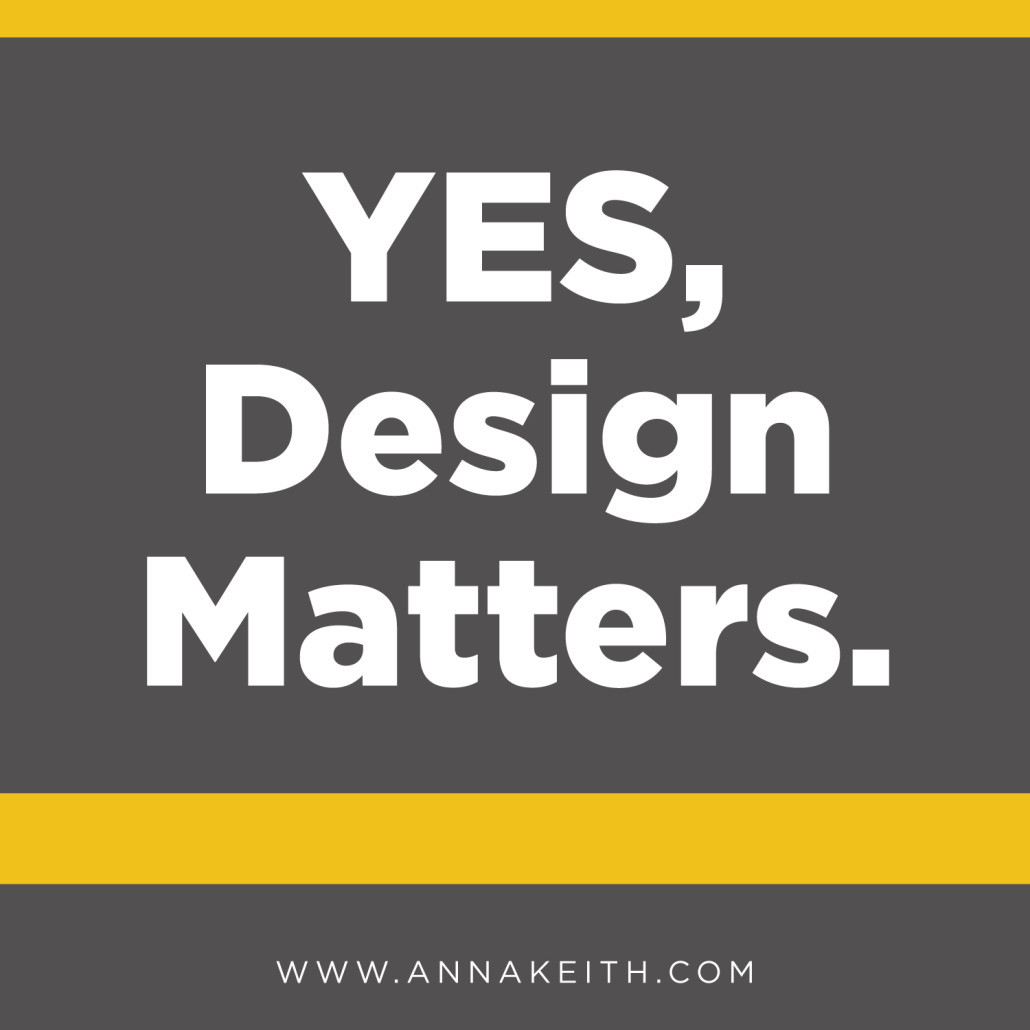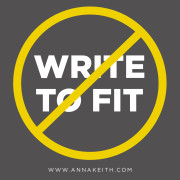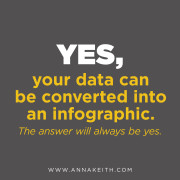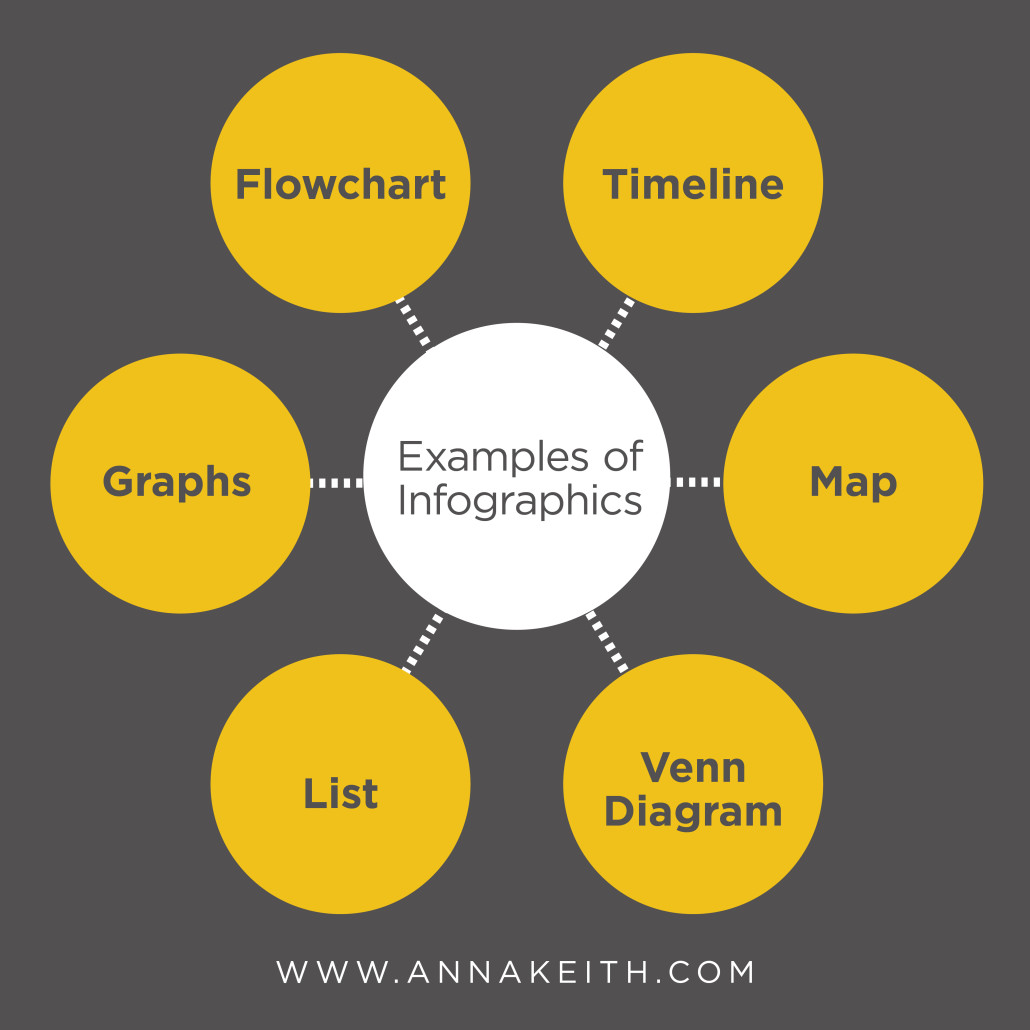Vector vs. Raster: What is the difference?
Not too long ago I had a client ask me how to tell the difference between vector and raster files. She’d heard the terms plenty of times, but didn’t actually know what it meant. So in case you’ve been wondering too, here is the scoop:
A raster file is made up of pixels – hopefully hundreds or thousands of them. Each pixel is a different color.
A vector file, on the other hand, is made of lines and curves.
So why does it matter? It matters when you try to print or view your file at a larger size. A raster file has a finite number of pixels, so if you try to print that file at a significantly larger size, you are going to start to see those individual pixels (aka, the image will be pixelated). A vector file, meanwhile, can scale up without any issues. It actually uses mathematical formulas (yuck!) to retain a sharp and crisp appearance at any size.
How do you know if your file is vector or raster? Here’s a handy list to help you out.
